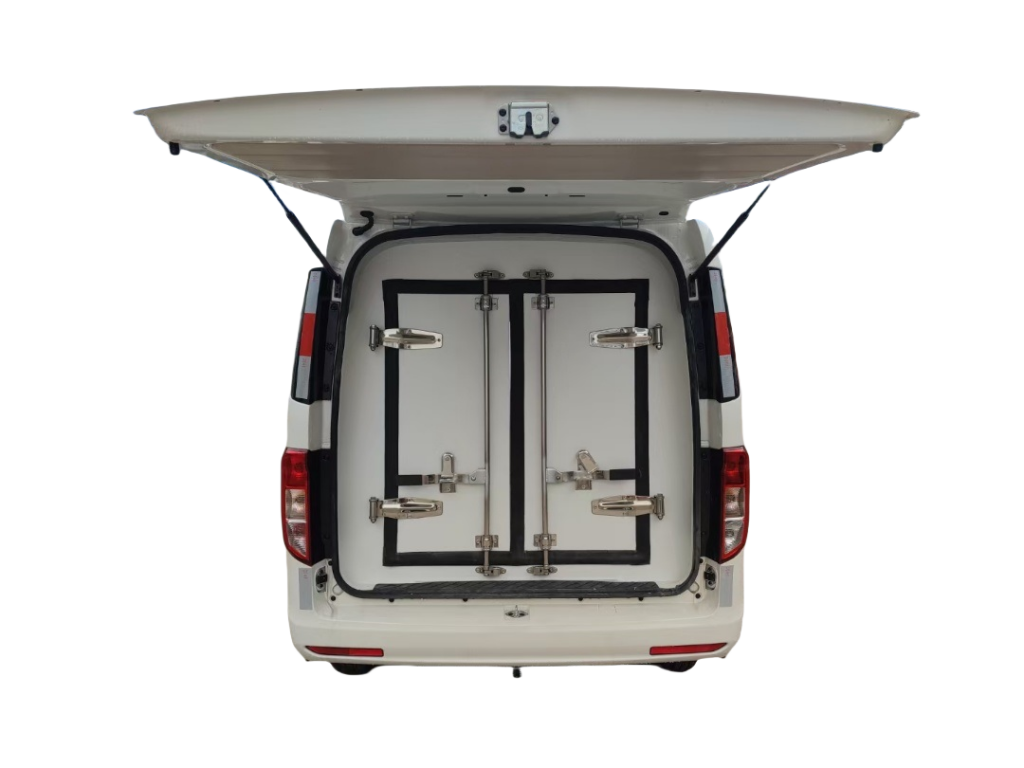Introduction:
Truck mounted cranes are versatile pieces of equipment that play a crucial role in various industries, including construction, logistics, and transportation. These cranes offer the ability to lift and move heavy loads with ease, making them an indispensable tool for many businesses. In this article, we will explore the specifications of truck mounted cranes, including their lifting capacity, reach, boom configurations, and other important features. By understanding these specifications, businesses can make informed decisions when choosing the right truck mounted crane for their specific needs.
1. Lifting Capacity:
The lifting capacity of a truck mounted crane refers to the maximum weight it can safely lift. This specification is crucial as it ensures that the crane is capable of handling the loads required for specific tasks. Lifting capacity is usually measured in metric tons (MT) or US tons (short tons). It is important to consider the maximum lifting capacity required for your applications when selecting a truck mounted crane.
2. Boom Length and Reach:
The boom length and reach of a truck mounted crane determine its ability to lift loads to a desired height and distance. The boom is the horizontal arm of the crane responsible for extending and retracting to reach the desired location. The reach of a crane is measured in meters or feet and refers to the horizontal distance from the center of the crane's rotation to the tip of the boom. Understanding the required reach is essential to ensure that the crane can access the necessary work areas.
3. Boom Configurations:
Truck mounted cranes come in various boom configurations, each with its own advantages and limitations. The most common boom configurations include telescopic booms, knuckle booms, and articulating booms.
- Telescopic Booms: These booms consist of multiple sections that can be extended or retracted to increase or decrease the boom length. Telescopic booms offer excellent reach and lifting capacity, making them ideal for tasks that require a combination of height and distance.
- Knuckle Booms: Also known as articulated booms, these cranes have a series of interconnected sections that can bend or fold to reach confined or tight spaces. Knuckle booms are highly maneuverable and offer increased flexibility in accessing difficult work areas.
- Articulating Booms: These booms are similar to knuckle booms but have additional pivot points, allowing them to reach even more complex positions. Articulating booms are commonly used in applications that require precise movements and access to hard-to-reach locations.
4. Stabilization Systems:

Truck mounted cranes are equipped with stabilization systems to ensure stability and safety during lifting operations. These systems typically include outriggers or stabilizers that are extended from the truck chassis to provide additional support. Stabilization systems play a crucial role in preventing the crane from tipping over or losing balance when lifting heavy loads. It is essential to consider the stability requirements of your specific applications when choosing a truck mounted crane.
5. Control Systems:
Control systems are an integral part of truck mounted cranes, allowing operators to maneuver the crane and control its lifting operations. Modern cranes often feature advanced control systems, such as remote control or computerized interfaces, which provide precise and efficient control over the crane's movements. It is important to consider the ease of use and functionality of the control system when selecting a truck mounted crane.
6. Safety Features:
Safety is of utmost importance when operating truck mounted cranes. These cranes are equipped with various safety features to minimize the risk of accidents or injuries. Some common safety features include load moment indicators, anti-two block systems, and overload protection devices. It is crucial to ensure that the crane you choose is equipped with the necessary safety features to comply with industry regulations and ensure the well-being of operators and workers on-site.
Conclusion:
Truck mounted cranes are essential tools for businesses that require heavy lifting and moving capabilities. Understanding the specifications of these cranes, including lifting capacity, reach, boom configurations, stabilization systems, control systems, and safety features, is crucial in selecting the right equipment for specific applications. By considering these specifications, businesses can ensure that the truck mounted crane they choose is capable of meeting their lifting requirements safely and efficiently. Always consult with Boom truck payload management or suppliers to ensure that the crane you select aligns with your specific needs and industry standards.
